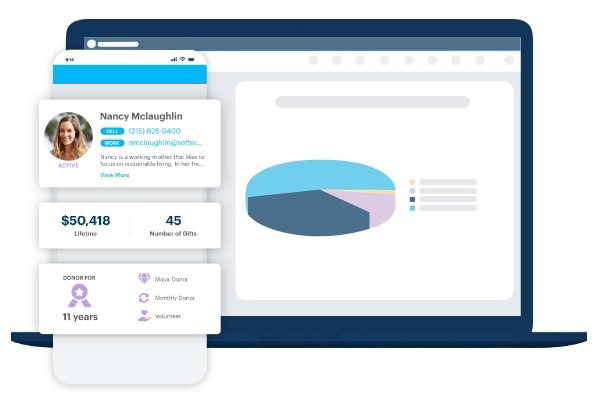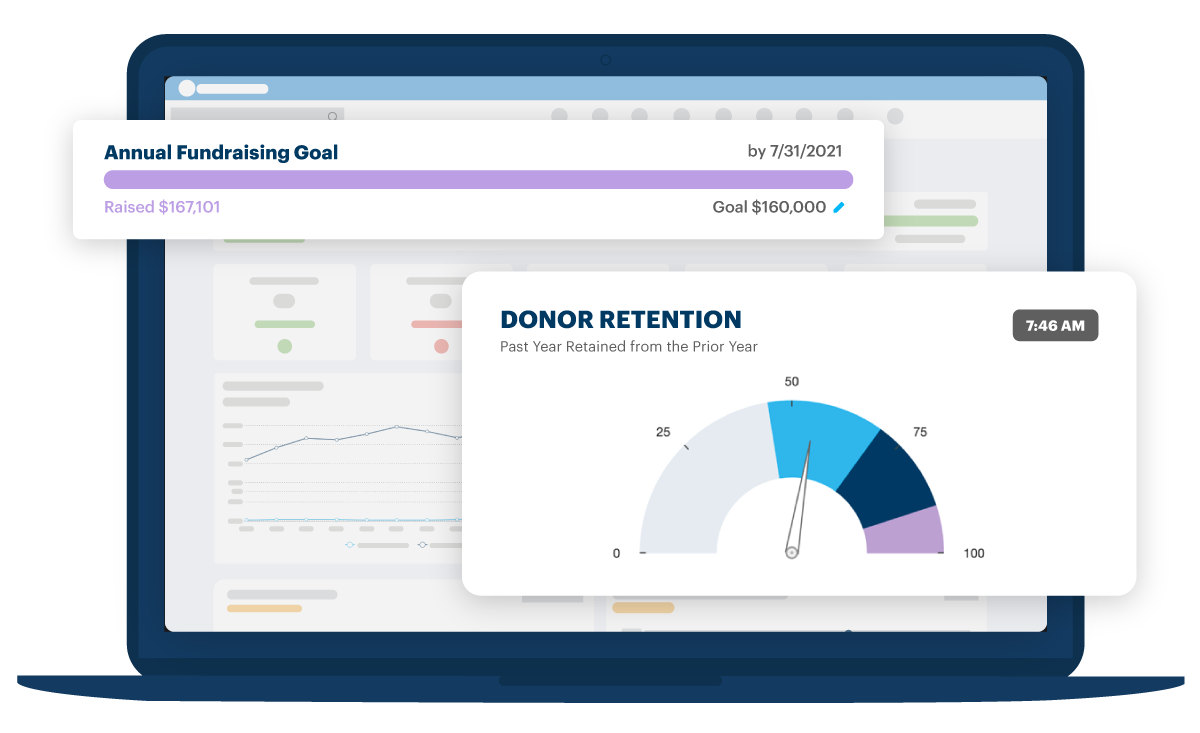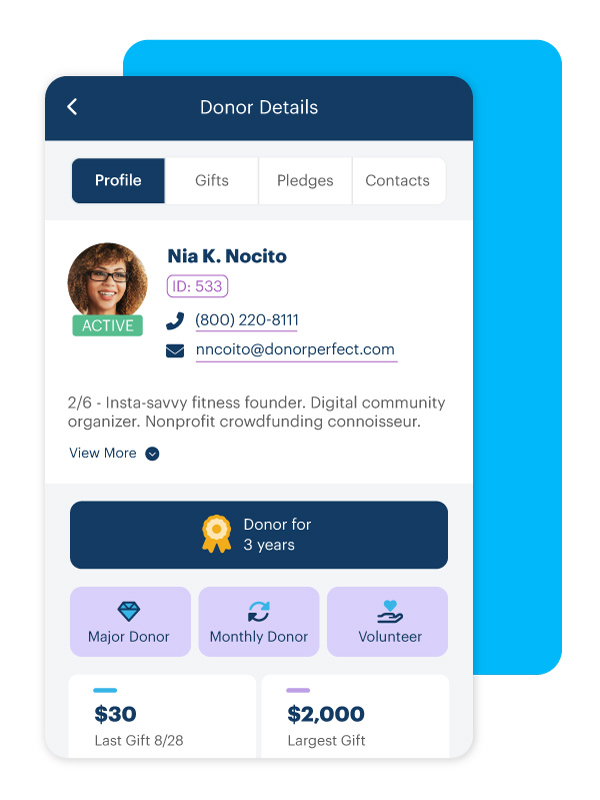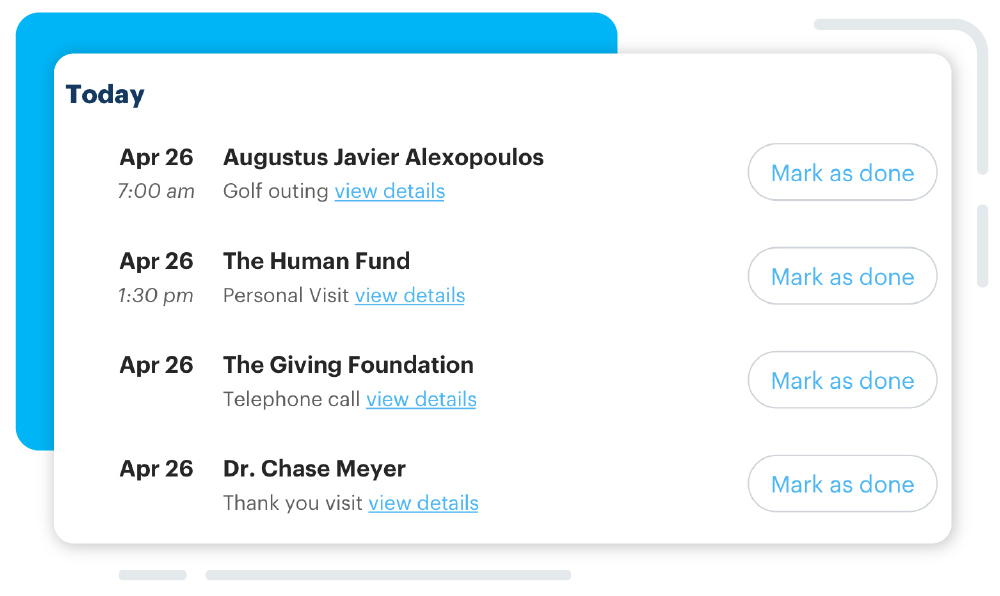Nonprofit Technology & Fundraising Blog
Subscribe to our mailing list

April 8, 2025 | Donor Engagement, Donor Retention, Major Donors, Thanking Donors
Your nonprofit’s board members are more than just decision-makers—they are ambassadors, advocates, and fundraisers. When engaged effectively, your board can be a driving force behind fundraising success, especially in securing major gifts. Yet, many board members hesitate to step into this role due to uncertainty about how to contribute. Since 80% of donations come from 20% of supporters, it’s essential to engage board members in major gift fundraising.
In this blog, you will learn how to:
Pro tip: These strategies aren’t just for large nonprofits. If you’re a small team—or don’t have a formal development director—this guide will help you engage your board effectively at any size.
By equipping your board members with the right tools, strategies, and confidence, you can turn them into powerful fundraising partners. Here’s how to get started:
Setting clear and achievable expectations is the first step in mobilizing your board to fundraise. Many board members join without fully understanding their role in supporting financial goals. Being transparent helps create shared ownership of fundraising success.
Consider the following ways to help clarify expectations:
When board members understand what’s expected, they feel more empowered and motivated to participate in fundraising.
Even if board members aren’t directly soliciting donations, equipping them with the right tools ensures they can support your development efforts effectively and confidently.

DonorPerfect’s core features and integrations allow nonprofits to track fundraising efforts, access donor insights, and personalize outreach—all from one platform.
Regular reporting keeps board members informed and motivated. It helps them see their impact and make data-driven decisions.
Use these reports to drive board engagement:
Structured, transparent reporting turns fundraising from an abstract concept into a measurable, motivating experience for your board.
Major gifts are essential for your nonprofit’s long-term sustainability, and board members can play an instrumental role in identifying, cultivating, and securing these transformative contributions. The process begins by working with your board to set clear, strategic goals based on your organization’s mission and fundraising potential—not just your budget shortfall.
Collaborate with your board to:
By involving your board in the major gift goal-setting process, you not only tap into their networks, but also foster shared accountability and alignment toward mission-driven outcomes.

DonorPerfect’s fundraising dashboards can help you track major gift progress, donor retention, and board engagement—delivering actionable insights to drive smarter decisions.
Once your goals are established, use donor data to drive your strategy and fundraising management software to analyze past giving behavior, identify patterns, and highlight prospects with the greatest potential for impact.
Encourage your board to review donor profiles and determine who in their networks could be a promising lead. Support them with donor insights, giving histories, and engagement activity summaries to facilitate stronger conversations and cultivation efforts.

With DP Mobile, a free fundraising app that offers convenient reports and concise donor profiles, board members can engage with donors from their phones.
Visual tools like gift tables (or gift pyramids) can help you assess prospect coverage and gift distribution.

For example, if your major gift goal is $1 million:
If a donor declines at one level, they may still contribute at a lower level, keeping your momentum strong.
If you are looking to develop a new program to secure large gifts, check out our video, How to Create a Major Gifts Program and Find Major Donors.
For further strategies on identifying and targeting major donors, explore these resources:
Major gift fundraising is not just about the ask—it’s about building meaningful relationships. Work with your board to create personalized plans for each major donor prospect.
Effective strategies include:
When board members are involved in relationship-building, they feel more connected to the mission and the fundraising process.
Your board members bring unique networks and influence to the table. They don’t have to be expert fundraisers to make a major impact.
Guide board participation in the major gift process through:

Every DonorPerfect plan comes with fundraising tools to manage donor contacts, communicate with constituents, and cultivate major donor relationships.
Not all board members have fundraising experience, and that’s okay! A little training goes a long way toward building their confidence, fundraising abilities, and comfort level.
Support their development with:

DonorPerfect has your team covered with nonprofit CRM training. From live webinars to personalized training, we’re here to support staff and board development.
Events and fundraising campaigns are excellent opportunities for board members to engage their networks and raise awareness about your mission. Invite board members to:
When board members see fundraising as community building rather than solicitation, they’re more likely to get involved.
Recognition and celebration are key to building a positive fundraising culture. Board members who feel appreciated are more likely to stay engaged.
Try these approaches:
Simple gestures of appreciation go a long way in strengthening board morale and fundraising momentum.
An engaged board leads to stronger fundraising outcomes. Keep your board inspired and aligned with your fundraising goals through consistent communication and meaningful involvement.
Maintain engagement by:
With the right expectations, tools, training, and recognition, your board can become a high-impact fundraising force. Encourage board members to embrace their roles as fundraisers and watch your organization thrive.
To strengthen your board’s fundraising potential, regularly discuss topics such as donor management, gift tracking, strategic engagement, and the tools that support these efforts.
For continued learning, check out Joan Gary’s 10 Nonprofit Leadership Tips for 2025 to explore more ways you and your team can grow professionally while leveraging board involvement.
Ready to equip your board with the tools for fundraising success? Explore how DonorPerfect’s donor management features support board engagement and major gift growth.
1. Why is fundraising an important role for nonprofit board members?
2. How can board members feel more comfortable asking for donations?
3. What technology tools can help board members with fundraising?
4. How can board members who don’t like fundraising still contribute?
5. How can nonprofits foster a culture of fundraising within the board?
6. How do you measure the success of board-led fundraising efforts?
Learn more about essential donor management features, today!
Follow us on social!